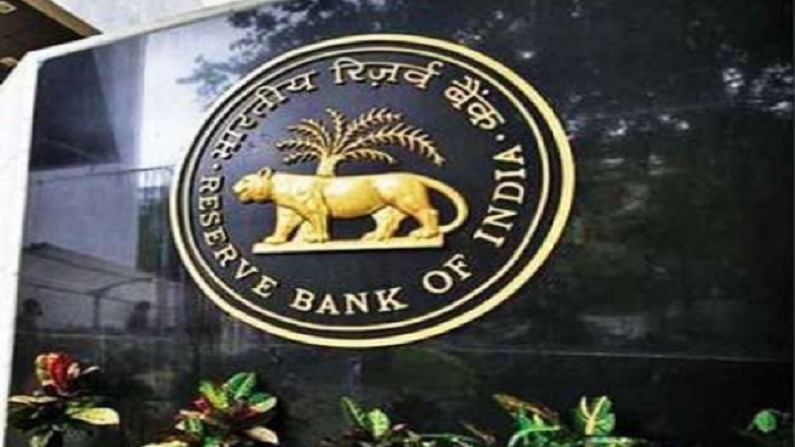External factors will test RBI’s grip on inflation
Investors and industry leaders worry that China, once a deflationary force, is now exporting inflation

Consumer price index (CPI) inflation rose by 6.30 percent in May, 2.1 percentage points over April. This was above the Reserve Bank’s tolerance level of 6 percent. Wholesale price inflation was 12.94 percent in May, up from negative territory during the same month last year. The divergence between retail and wholesale price inflation was caused by their different compositions: basic and intermediate commodities and industrial products which are not part of CPI, but have a sizeable share in WPI.
High inflationary expectations, if entrenched, will complicate the job for the Reserve Bank. It has kept the key rate at which it injects liquidity into the economy (by buying back government bonds) at an all time low of 4 percent for the past one year. It is committed to following an easy money policy to aid economic recovery. Low yields or interest rates will ease the government’s interest burden which has a borrowing programme equal to 6.8 percent of GDP – a big bulge in debt. There are calls for the government to borrow even more and put the money in the hands of those who have lost their livelihoods or whose small businesses are struggling. It helps if interest rates remain subdued.
Slump in consumer confidence
Inflation has not been driven by domestic demand which continues to be weak. There is a slump in consumer confidence. Income and job losses have led to indebtedness and impoverishment. These should affect demand and the ability of producers to pass on cost increases though there is also evidence from corporate results that they have been able to pass on costs and expand margins.
Supply factors including the global surge in commodity prices are likely to feed inflation. For instance, within the ‘food and beverages’ sub-group of the consumer price index there has been a spike in oils and fats. The Food and Agriculture Organisation’s (FAO) vegetable oil index has doubled in one year. An earlier article had explained the reasons. Since India depends on imported cooking oil for 70 percent of its needs, there is not much it can do.
Crude oil prices
Another source of imported inflation is crude oil prices. The value of the Indian mix of crude oils has doubled from $30.61 a barrel in May last year to $66.95 a barrel a year later. The World Bank says improving world economic outlook has played a part despite demand being a little lower than in 2019. Prices might not rise much from the current levels as it would bring US shale oil into the market. The cartel of petroleum exporting countries may not relish that prospect and might expand production to keep that possibility in abeyance. But domestic motor fuel taxation is also hurting. The average per litre price of petrol in the four metros in June was 38 percent higher than a year ago at Rs 97.20. Diesel was 23 percent higher. This has a cascading effect on prices across the board.
The prices of global manufactures are rising for a variety of reasons. Easy money has inflated the value of commodities. Pandemic-related restrictions have affected copper mining in Peru and Chile. The price of copper was 90 percent higher in May over June last year. Housing and infrastructure demand in China, and the idling of its domestic steel capacity to meet green targets, has forced a 34 percent rise in the price of construction steel over the past one year. The shortage of shipping capacity has driven up logistics costs. In May, the Baltic Dry Index which tracks rates for capesize, panamax and supramax vessels rose to 3,266 points, the highest since June 2010. Maersk Line, the world’s biggest container shipping company posted a profit of $2.7 billion for the first three months of this calendar, compared to $209 million for the first quarter of last year, the best in its history.
Chinese imports
Investors and industry leaders worry that China, once a deflationary force, is exporting inflation. Factory gate prices rose six percent in China in May. India should be concerned. Last year, 17 percent of its imports, mainly of manufactured intermediate and finished goods came from that country.
Historically, per the Economic Survey of 2016-17, India has seen four broad phases of inflation in the four decades since 1977: high inflation averaging nine percent for 23 years, low inflation of about four percent for five years between 2000 and 2005, a reversion of inflation back to nine percent during the period 2006 and 2014 and a new phase of relatively low, possibly very low inflation thereafter.
In 2016, the government amended the Reserve Bank of India Act to provide a constitutional basis for flexible inflation targeting. The target was four percent with a flexible band of two percent on either side. So far the RBI has been able to maintain its credibility in inflation targeting. It expects consumer inflation to be 5.1 percent this year.
That might come under test. The US economy is expected to grow strongly at 7 percent this year. US consumer inflation in May was five percent over a year ago, the highest in 13 years, and above the target of two percent. The US central bank (Federal Reserve) has indicated that will roll back its bond buying programme and there could be two interest rate increases towards end of 2023. A similar rollback by the US Fed in 2013 roiled the financial markets. The rupee went into a free fall and depreciated by 13 percent in just four months, touching a low of Rs 68 to the dollar in August 2013. The RBI was compelled to intervene aggressively in the forex market, mobilise hard currency bank deposits from non-resident Indians, raise short term interest rates and compress liquidity in the money market. This time it will have the benefit of hindsight.